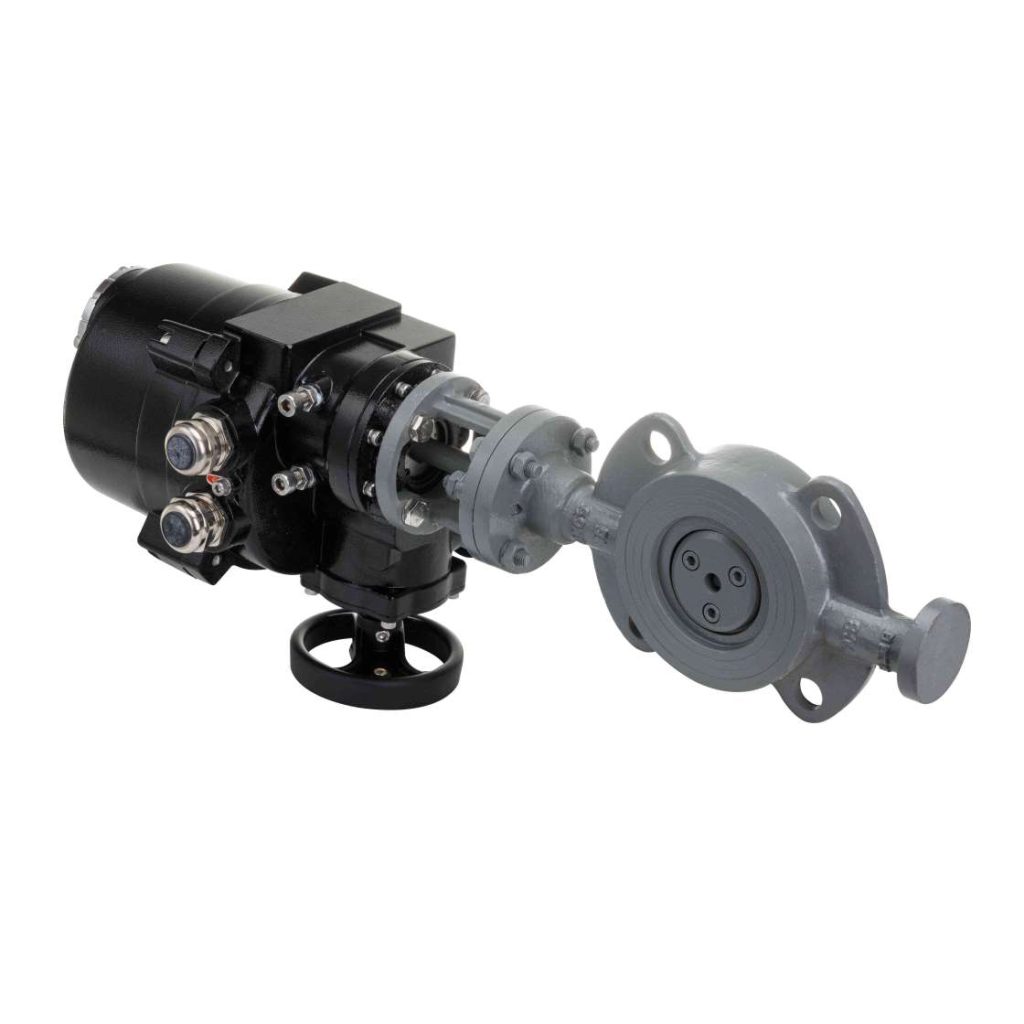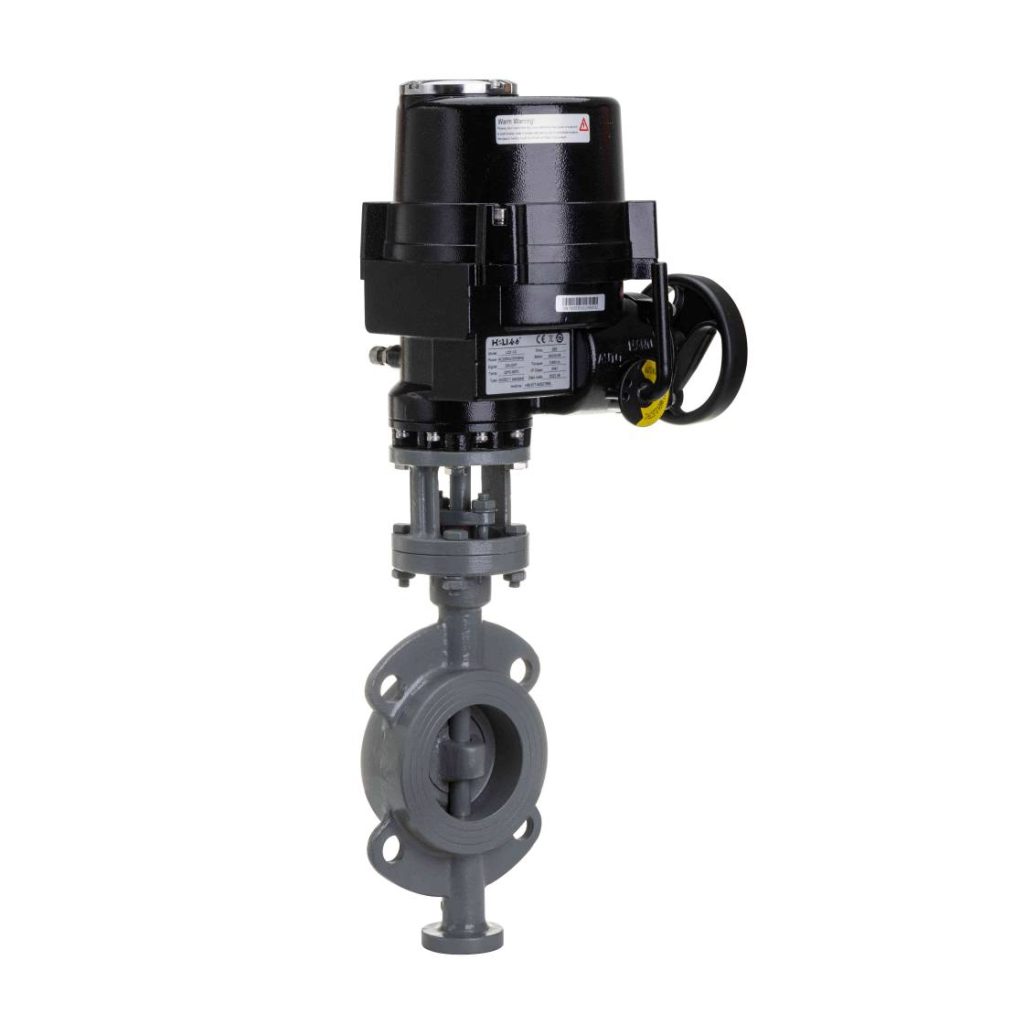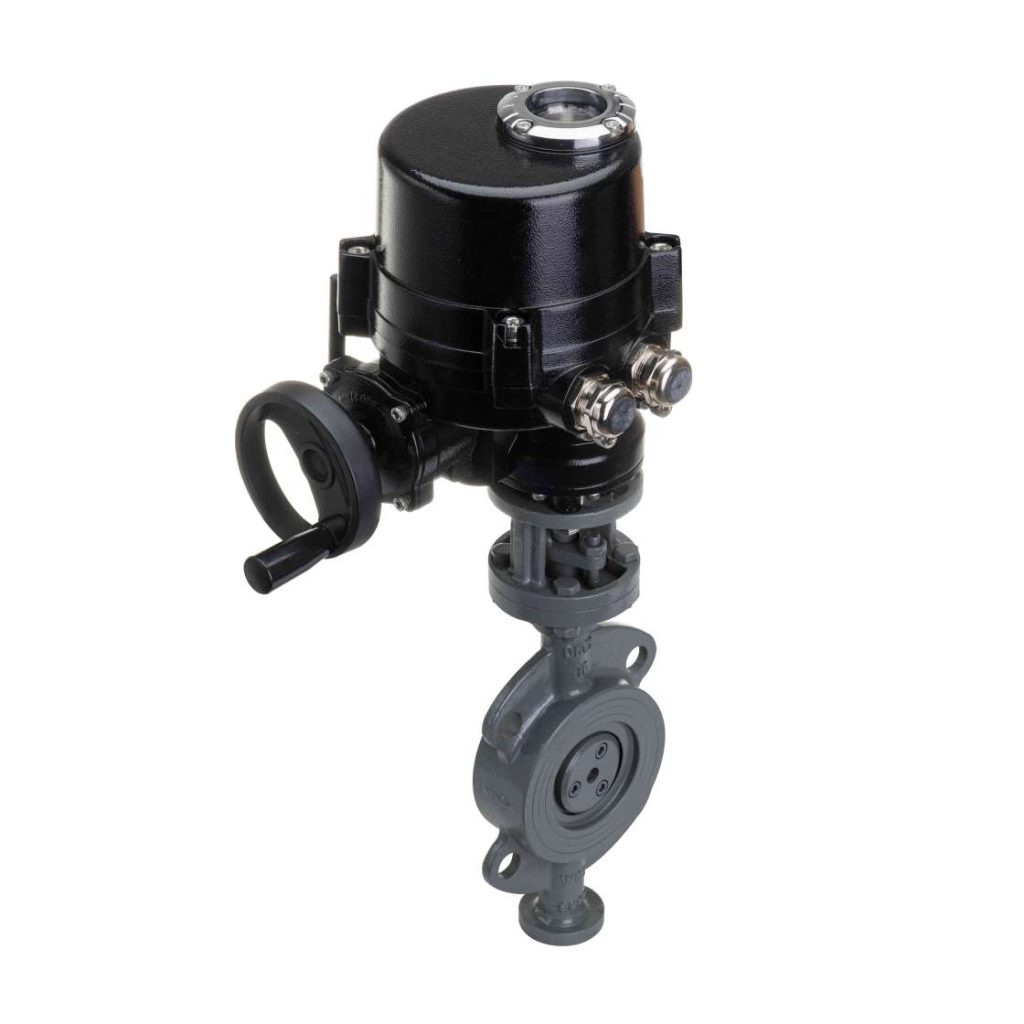The Marine Electric Butterfly Valve is an essential piece of equipment in modern marine engineering, playing a significant role in the regulation of fluid and gas flow within various marine systems. These valves are used extensively in ships, oil rigs, and other marine vessels, ensuring the proper operation and efficiency of various systems such as cooling, pumping, and fuel management. In this article, we will explore the purpose, working principles, benefits, and applications of marine electric butterfly valves.

What is a Marine Electric Butterfly Valve?

A butterfly valve is a type of quarter-turn valve that is widely used for isolating or regulating the flow of fluids or gases. The valve consists of a circular disc or “butterfly,” which is mounted on a rotating shaft. When the valve is closed, the disc is positioned perpendicular to the flow, obstructing the passage. When the valve is open, the disc is rotated parallel to the flow, allowing fluids or gases to pass through. In the case of marine applications, the electric butterfly valve is equipped with an electric actuator that provides automated control. This eliminates the need for manual operation, enabling remote or automated control of fluid flow in critical systems. The electric actuator responds to electrical signals from control systems, ensuring precise and timely valve operation. This feature is particularly beneficial in scenarios where quick response times and efficiency are necessary, such as in engine cooling, ballast water management, and fuel systems.
